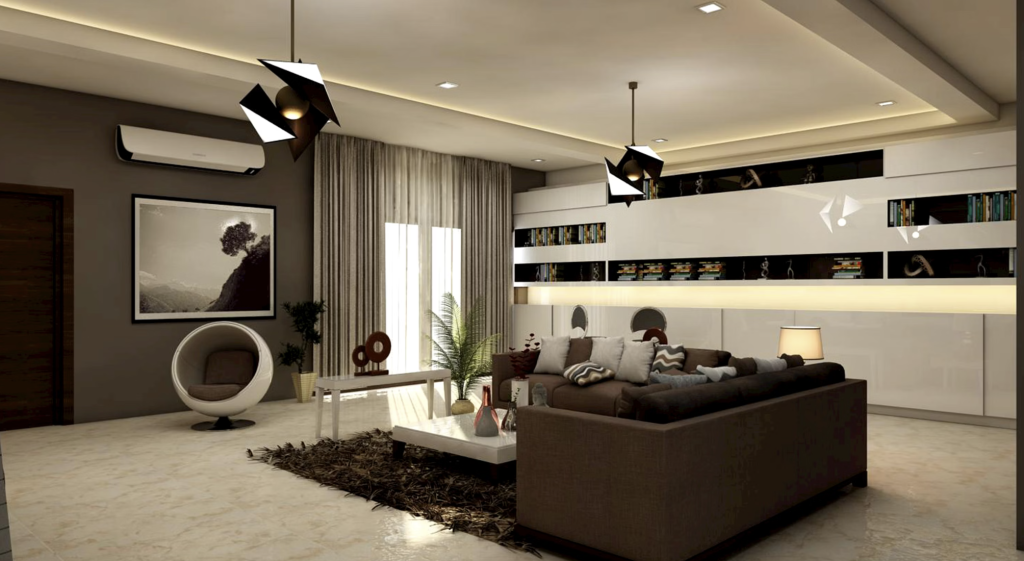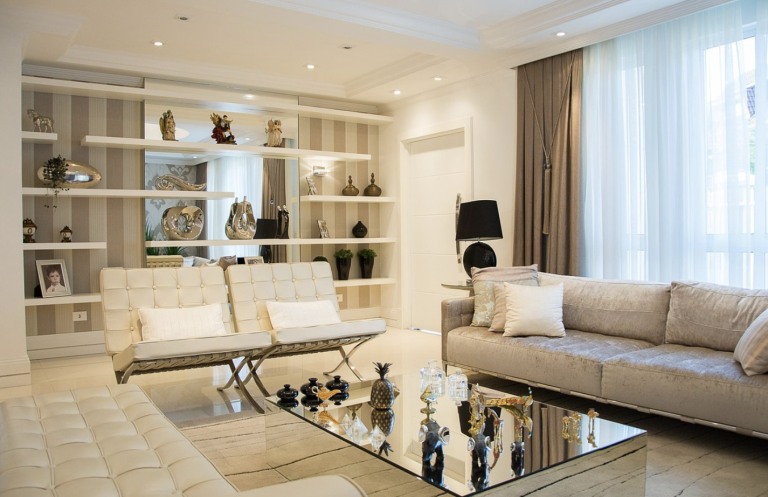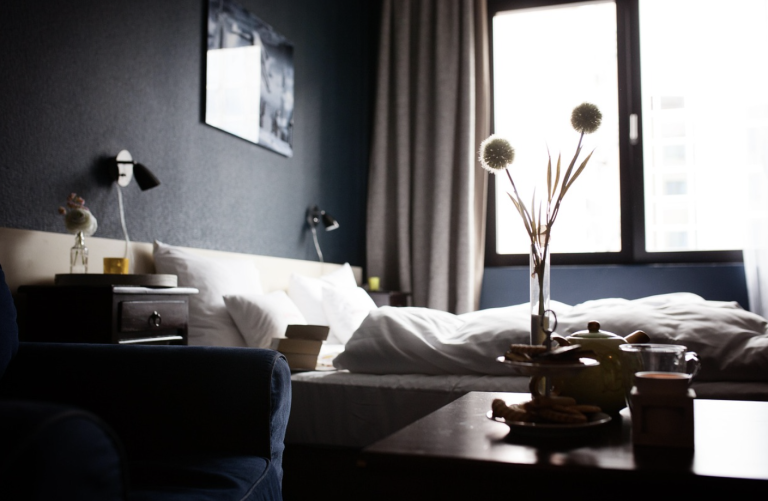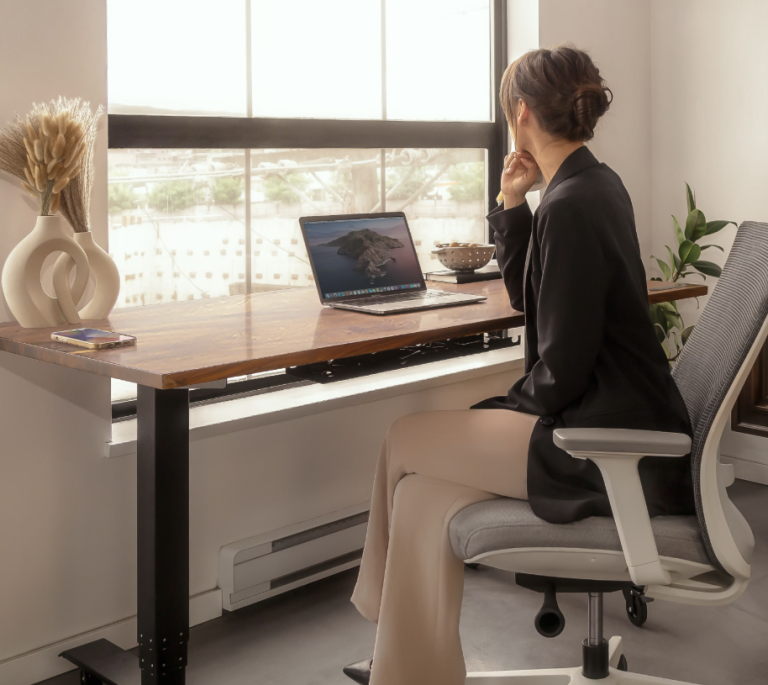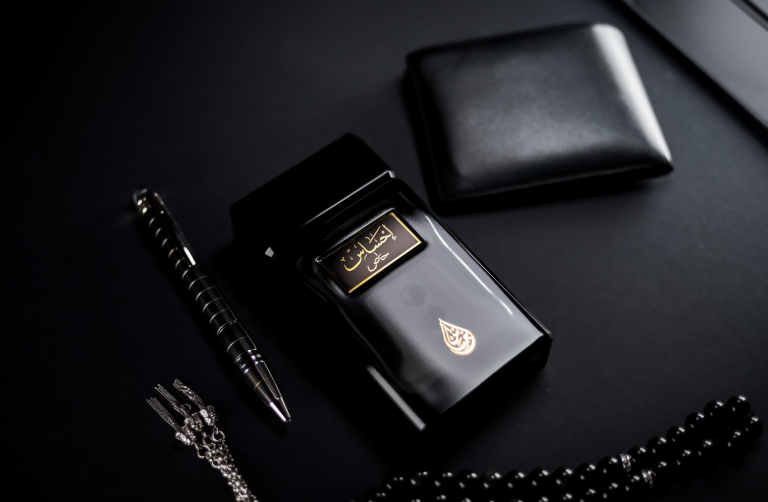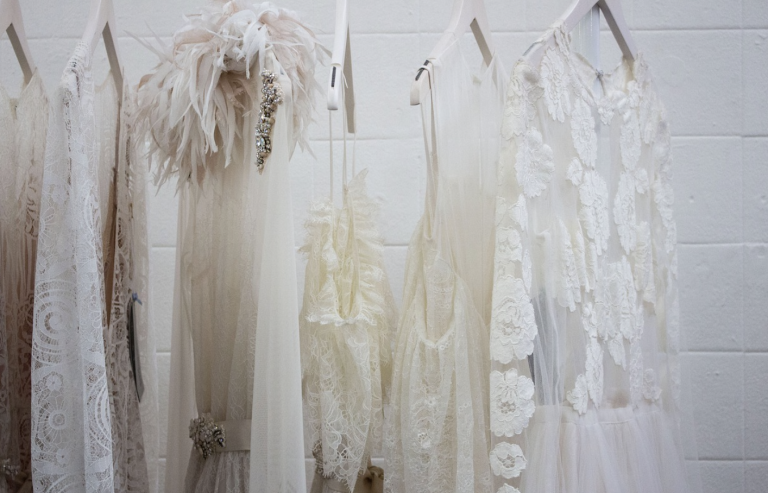
The world of interior design often follows trends that lean either towards minimalist aesthetics—characterized by simplicity and functionality—or maximalism, which embraces opulence and abundant details. While these two styles are seemingly opposites, their combination can create unique, balanced spaces that feel dynamic and intriguing. This article explores how minimalism meets maximalism and offers practical tips on blending the two styles to achieve a harmonious and stylish interior.
What is Minimalism in Design?
Minimalism in design is all about embracing simplicity. The core philosophy of minimalism is to eliminate excess and focus on essentials. It often features clean lines, neutral colors, and a sense of calm, functional space. Every piece has a purpose, and there is an emphasis on open space, natural light, and decluttered environments.
Key Characteristics of Minimalism
- Clean Lines and Simple Shapes: Furniture and decor pieces often have sharp, straight edges, offering a sense of structure and order.
- Neutral Color Palettes: White, beige, gray, and other neutral tones dominate, allowing the space to feel open and serene.
- Functional Design: Every item in a minimalist space is chosen for its utility and simplicity, avoiding unnecessary decorative elements.
What is Maximalism in Design?
Maximalism, on the other hand, celebrates the complete opposite. It embraces bold colors, rich textures, and a variety of patterns. Maximalism allows for more freedom of expression in design, often incorporating eclectic, layered details that reflect individuality and creativity.
Key Characteristics of Maximalism
- Bold and Vibrant Colors: Maximalist spaces are often filled with contrasting colors and patterns, creating an energetic and lively atmosphere.
- Eclectic Combinations: There’s a focus on mixing different materials, textures, and styles. You might find velvet, metallics, or vintage finds paired together.
- Layering: Maximalism thrives on layers—be it with furniture, decor, or even wall art.
Why the Contrast Works
At first glance, minimalism and maximalism may appear incompatible, but when combined thoughtfully, they create a dynamic and balanced space. The contrast between the two styles adds depth and visual interest, preventing a room from feeling too sterile or too chaotic.
Balancing Simplicity with Complexity
By starting with a minimalist base and introducing maximalist accents, the space remains grounded without feeling overwhelming. The key is to maintain a balance where each style enhances the other rather than competing for attention.
Creating Harmony Through Contrast
The interplay of minimalist elements with bold maximalist statements creates visual tension that is pleasing to the eye. For example, a sleek, minimalist sofa paired with an intricately designed maximalist rug can create a harmonious yet visually stimulating room.
Tips for Combining Minimalism and Maximalism
If you’re ready to experiment with this stylish juxtaposition, here are a few tips to guide you:
Start with a Neutral Base
To prevent the space from feeling too cluttered, begin with a neutral palette. White walls, simple flooring, and streamlined furniture will serve as a calm backdrop for more daring maximalist pieces.
Add Statement Pieces
Introduce maximalist decor gradually. A bold artwork, a vintage chair, or an extravagant light fixture can serve as the focal point of the room while the rest of the space stays minimalist.
Layering Textures and Patterns
Play with textures and patterns to add complexity. A velvet pillow on a minimalist sofa or a patterned rug on a neutral floor can give the space an exciting layer without feeling chaotic.
Room-by-Room Guide to Styling
Each room offers different opportunities for blending these two styles. Here’s how you can apply minimalism and maximalism to various spaces:
Living Room
In the living room, you can pair minimalist furniture like a streamlined couch with maximalist wall art or a bold patterned rug. The key is to let the statement pieces shine while keeping the furniture and layout simple.
Bedroom
For the bedroom, a minimalist bed frame can be paired with a maximalist duvet cover or pillows in rich colors and textures. This approach allows for a restful atmosphere with just enough flair to keep things interesting.
Kitchen and Dining Area
While functionality is crucial in these spaces, a minimalist kitchen with sleek cabinetry can be contrasted with a maximalist dining table, filled with vibrant chairs and bold decorative accessories.
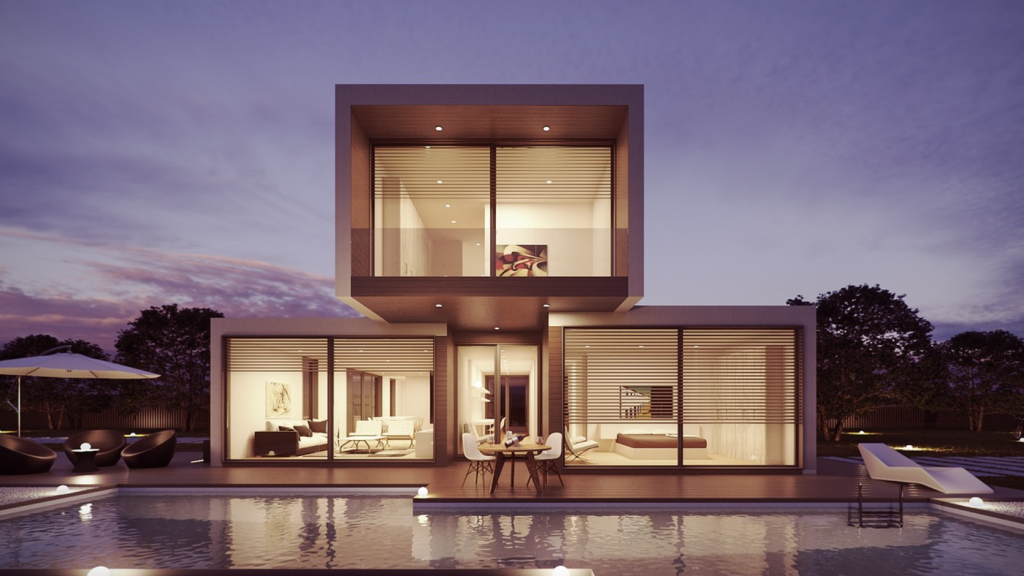
Common Mistakes to Avoid
While blending minimalism and maximalism is exciting, it can be easy to go overboard. Here are a few mistakes to watch out for:
Overloading the Space
It’s tempting to add a lot of maximalist pieces, but too much can overwhelm the room. Stick to a few statement items to maintain a sense of space and calm.
Lack of Cohesion
Without careful planning, the room can feel disjointed. Be sure that there is some element—whether it’s color, texture, or theme—that ties the minimalism and maximalism together.
Conclusion
Combining minimalism with maximalism is all about finding balance. By starting with a minimalist foundation and adding maximalist touches, you can create a space that is both calming and dynamic. The contrast between simplicity and boldness not only makes the room visually appealing but also reflects the complexity of modern life. Don’t be afraid to experiment—after all, style is personal, and blending opposites can lead to some of the most unique and exciting results.
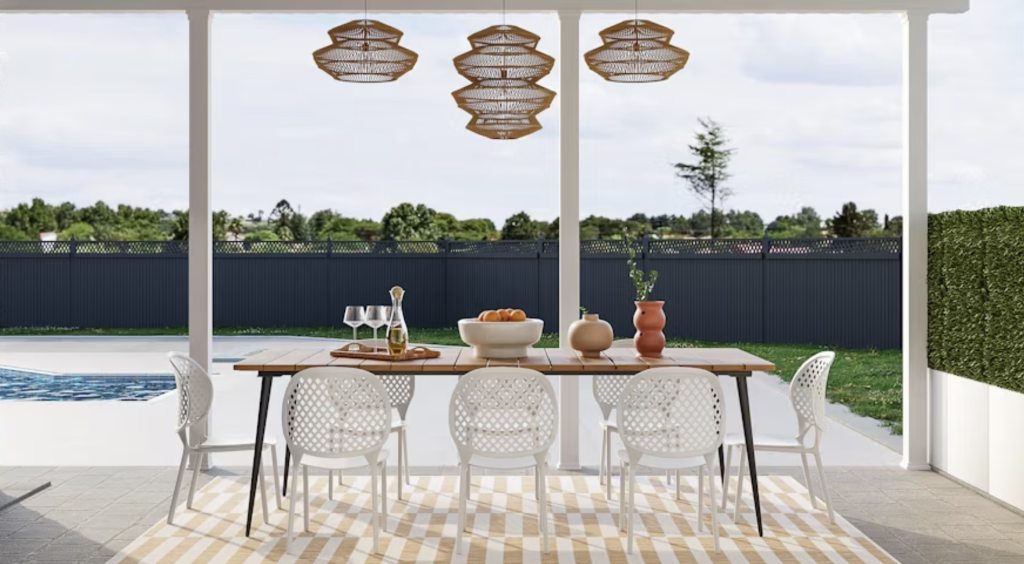
FAQs
- Can minimalism and maximalism work in a small space? Yes, by starting with a minimalist base and adding bold accents in strategic places, even small spaces can benefit from this fusion of styles.
- How do I avoid making the space feel chaotic when mixing styles? Focus on creating balance. Start with a neutral backdrop and introduce maximalist elements gradually.
- Is there a specific color scheme to follow when combining these two styles? A neutral base works well for minimalism, while you can bring in bold colors for maximalist elements. Just make sure the colors complement each other.
- How can I mix different patterns without clashing? Stick to a common theme or color palette for your patterns. Mixing geometric with floral or abstract patterns can work if they share similar tones or textures.
- Can I use minimalism and maximalism in the same room? Absolutely! It’s all about balance. A minimalist sofa paired with a maximalist rug, for instance, can create a stunning contrast without feeling out of place.
